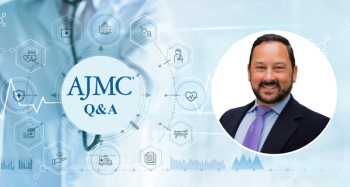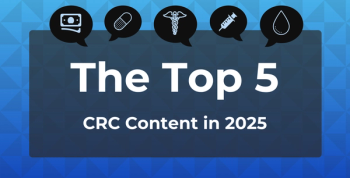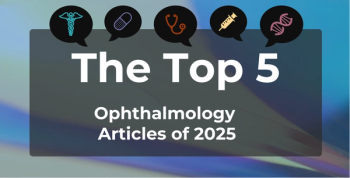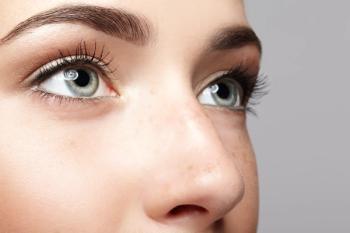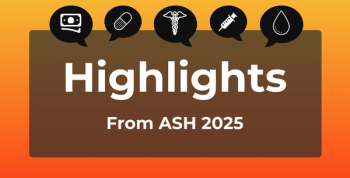
CDC Updates Guidelines for Use of Nonoccupational PEP
Key Takeaways
- The CDC's updated nPEP guidelines incorporate new antiretroviral therapies and emphasize administration within 72 hours of exposure.
- Recommendations are based on a comprehensive literature review and the GRADE framework, ensuring evidence-based practices.
These guidelines act as an update to the 2016 guidelines for the use of nonoccupational postexposure prophylaxis (PEP) after exposure to HIV.
The CDC has recommended the use of nonoccupational postexposure prophylaxis (nPEP) to avoid
New HIV infections totaled approximately
These recommendations are based off of a search of scientific literature published between January 2015 and January 2024. These results were added to the previous searches that encompassed the time between January 2005 and July 2015. Medline, Embase, PsycINFO, Scopus, CINAHL, and Cochrane Library were all used to search for literature pertaining to PEP and nPEP specifically. Studies were excluded from the review if they were conducted outside of the US with no data on ARVs used for nPEP, not performed on humans, on the epidemiology of nPEP done before 2018, not peer-reviewed, or withdrawn. A total of 171 studies were included in the review.
The Grading of Recommendations, Assessment, Development, and Evaluation (GRADE) framework was used to develop the new recommendations. Any recommendations that were not based on evidence from the studies were instead categorized as best practices.
The guidelines contain an overview of when nPEP should be used, how quickly it should be administered, and the regimens in which nPEP should be consumed. nPEP, the CDC wrote, “is indicated to reduce the risk for acquiring HIV from an exposure that presents a substantial risk for HIV acquisition.” The CDC recommends that if an individual has been exposed to HIV within 72 hours, they should receive nPEP. This can also extend to if an individual has engaged in behavior that could lead to exposure if the source has HIV, but this can be determined case by case. nPEP should not be given or should be stopped if the source is found not to have HIV.
All individuals who believe that they have been exposed to HIV should start nPEP as soon as possible and no later than 72 hours after their initial exposure. Any exposure to HIV is a medical emergency, according to the CDC. Individuals who request nPEP after more than 72 hours should be tested for HIV and provided counseling for HIV prevention. nPEP is recommended on a 28-day regimen. Clinical assessments, including collecting information on current medications and medical comorbidities, should be conducted before prescribing nPEP. All individuals who start an nPEP regimen should be tested for HIV at the initial visit as well as 4 to 6 weeks after exposure. The individual can also be tested for other sexually transmitted infections at this time.
The CDC recommends that those who use nPEP switch to PrEP after the completion of their regimen, as they might still be at risk of future exposure. Literature searches found that between 0.37% and 9% of those who complete the regimen of nPEP later report HIV infection, making it vital to make sure that those who are at highest risk of acquiring HIV continue to receive preventive measures.
The CDC recommends that clinicians make sure that the first dose of nPEP is received and use respectful language to encourage an individual to continue with the medication. Any child or adolescent who is looking for nPEP should be treated case by case as their specific conditions surrounding consent to clinical care and potential child abuse. All survivors of sexual assault should also be offered nPEP, and women who are pregnant or breastfeeding can receive it under careful consideration. Follow-up should generally be between 4 and 6 weeks after exposure and 12 weeks after exposure. Any individual who starts PrEP before finishing their nPEP course should also be informed about the possibility of false negatives.
"Tens of thousands of people in the United States acquire HIV annually – even though it is preventable through various interventions like PEP. Exposure to HIV is a medical emergency. PEP can prevent HIV if it is given as soon as possible after a possible exposure. CDC’s updated guidelines give health care providers the information they need to prevent HIV based on the latest available tools and evidence," said LCDR Katrina Byrd, MD, medical epidemiologist at CDC's Division of HIV Prevention and coauthor of the guidelines.
The CDC concluded that these new guidelines “provide a safe and effective strategy to prevent HIV infection.” However, future research still needs to be done to confirm these findings as well as establish whether long-acting injectable ARV therapy can be used as nPEP and whether nPEP is successful when offered to those who have high-risk HIV exposures at a low frequency.
References
- Tanner MR, O’Shea JG, Byrd KM, et al. Antiretroviral postexposure prophylaxis after sexual, injection drug use, or other nonoccupational exposure to HIV — CDC recommendations, United States, 2025. MMWR Recomm Rep. 2025;75(1):1-56. doi:10.15585/mmwr.rr7401a1
- U.S. statistics. HIV.gov. February 21, 2025. Accessed May 8, 2025.
https://www.hiv.gov/hiv-basics/overview/data-and-trends/statistics - Bosh KA, Hall HI, Eastham L, Daskalakis DC, Mermin JH. Estimated annual number of HIV infections ─ United States, 1981-2019. MMWR Morb Mortal Wkly Rep. 2021;70(22):801-806. doi:10.15585/mmwr.mm7022a1
Newsletter
Stay ahead of policy, cost, and value—subscribe to AJMC for expert insights at the intersection of clinical care and health economics.

